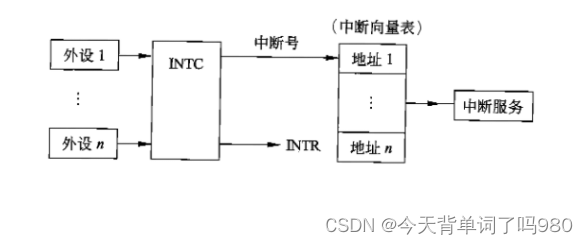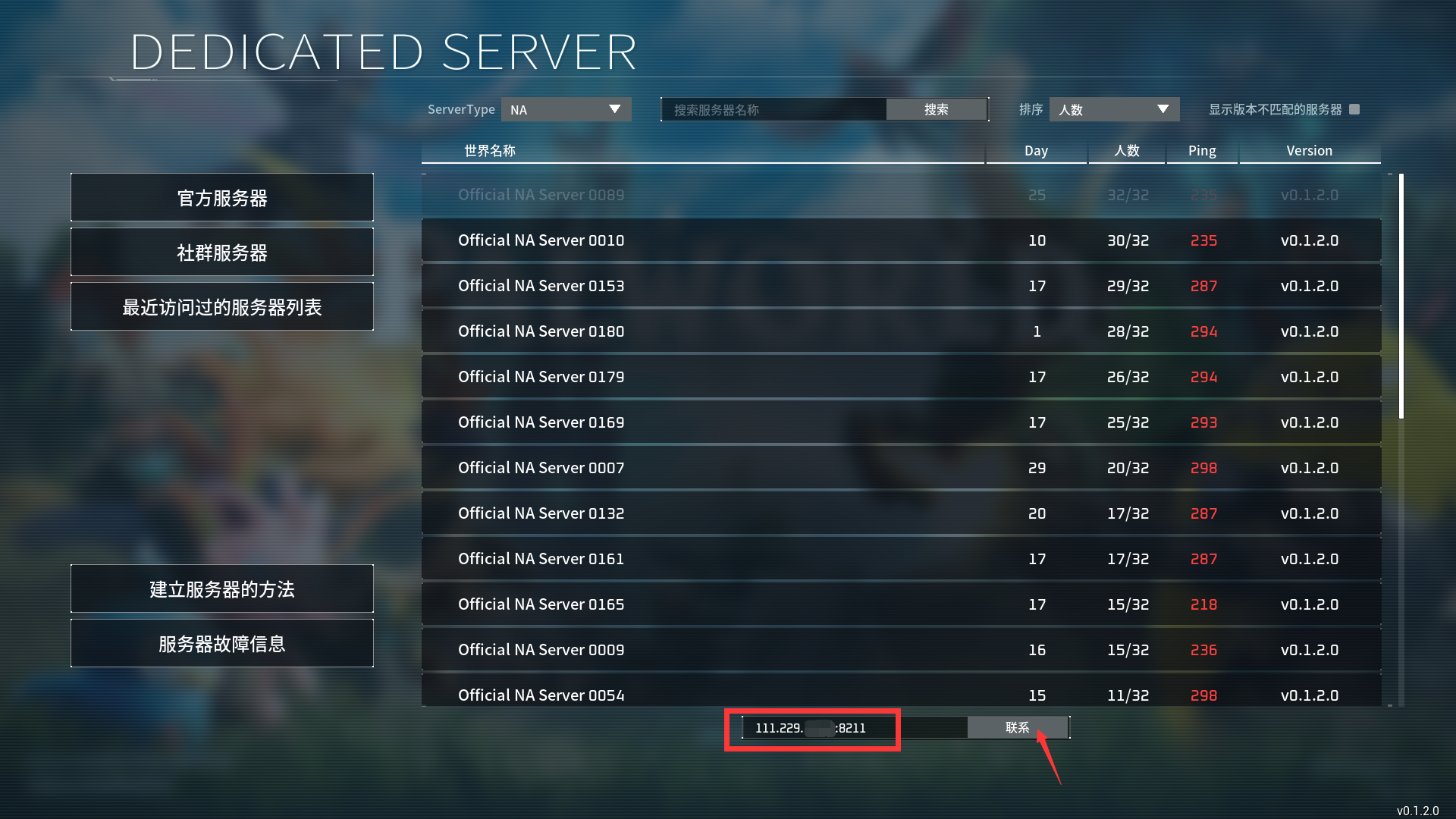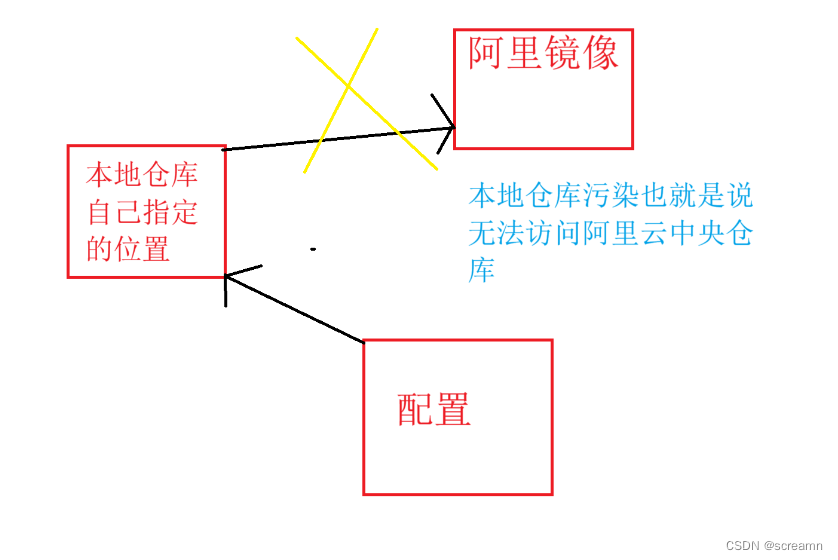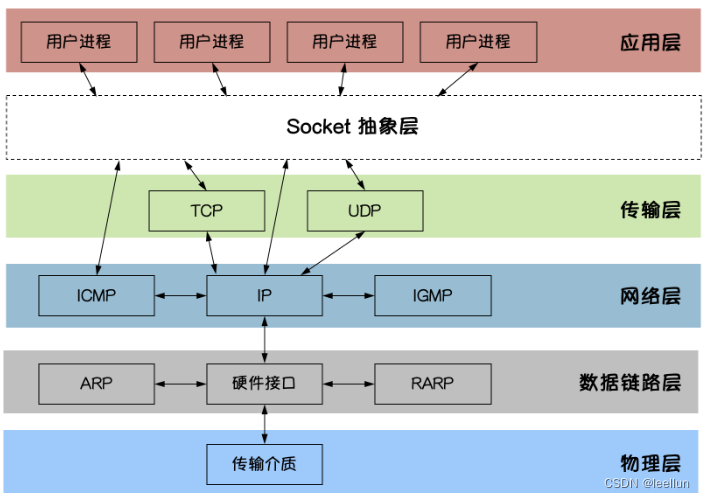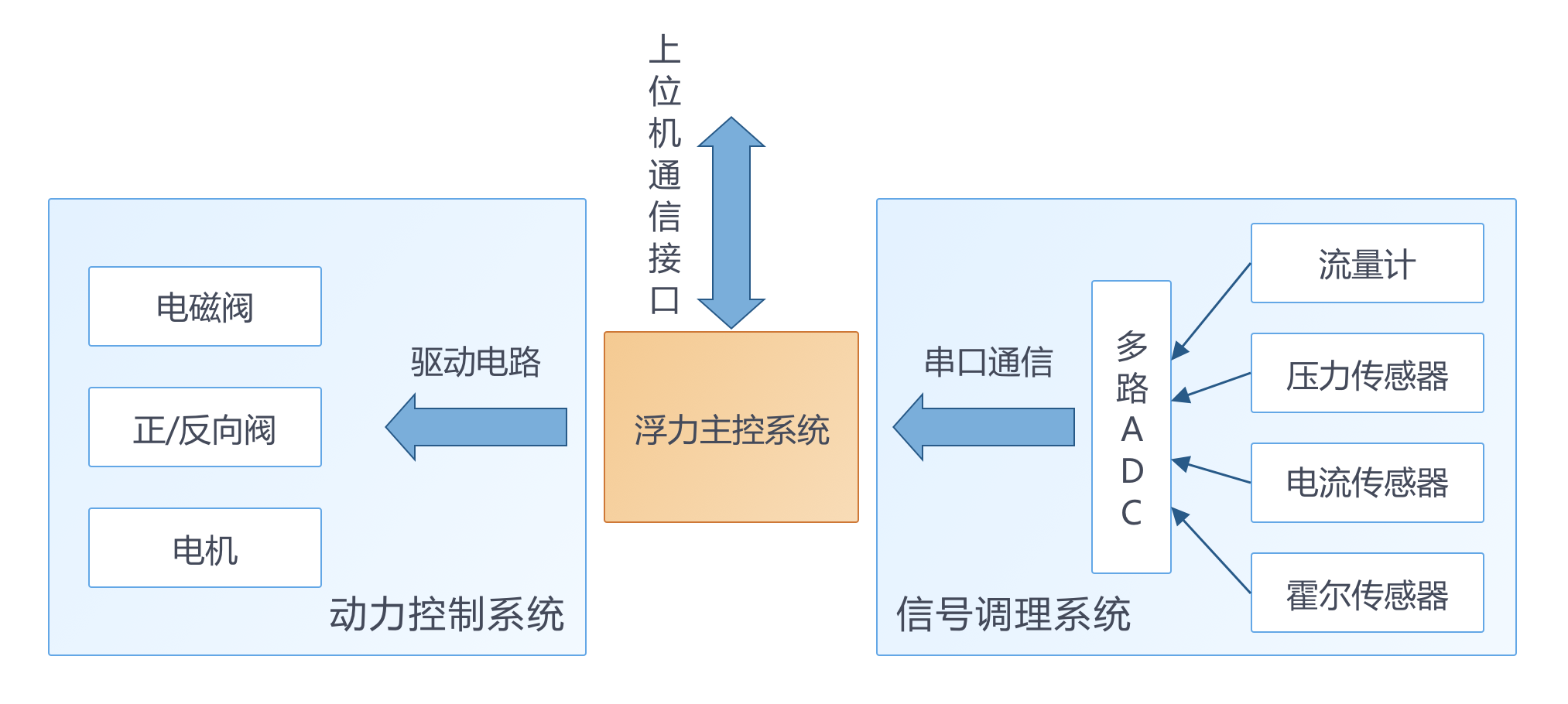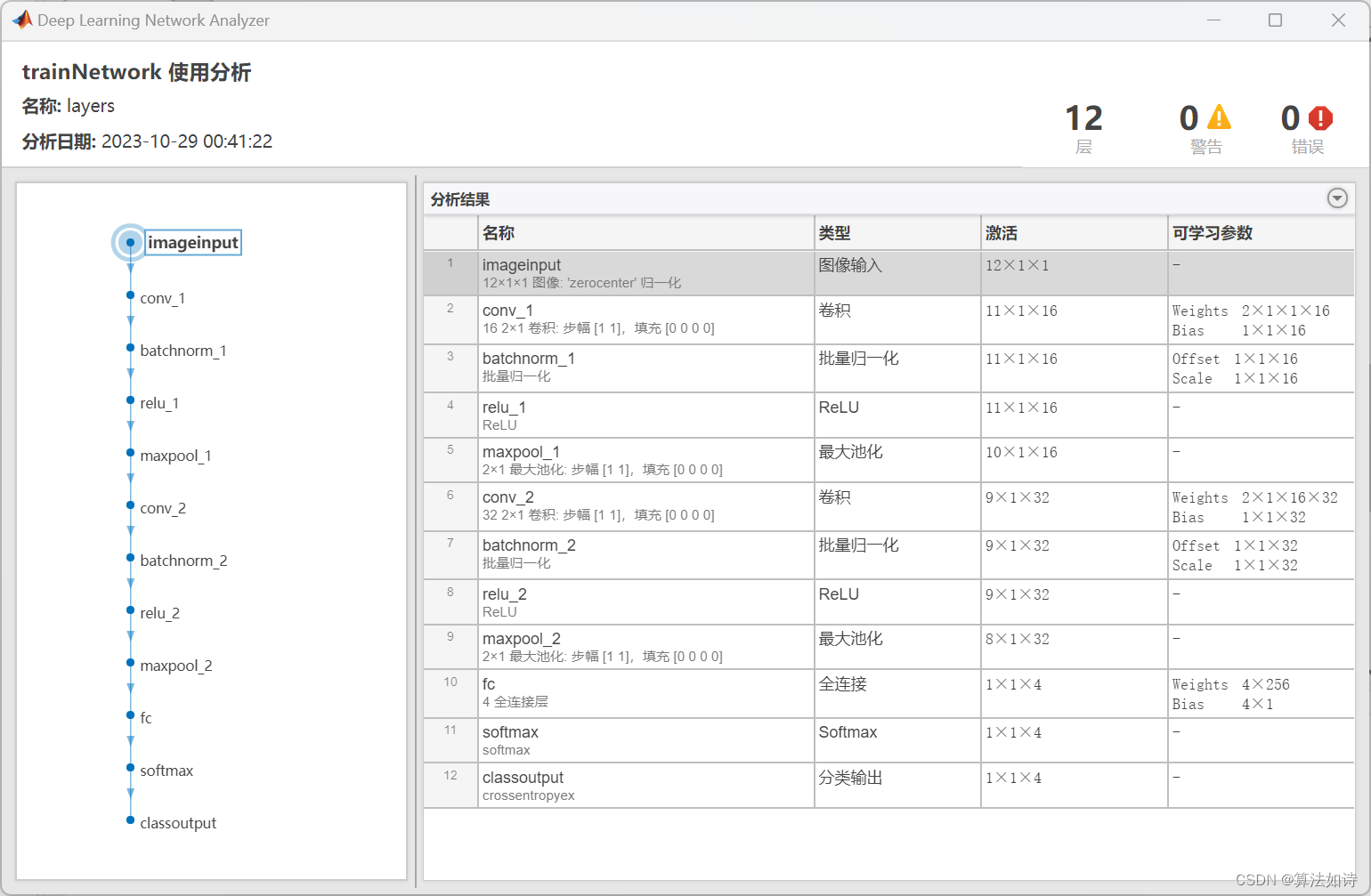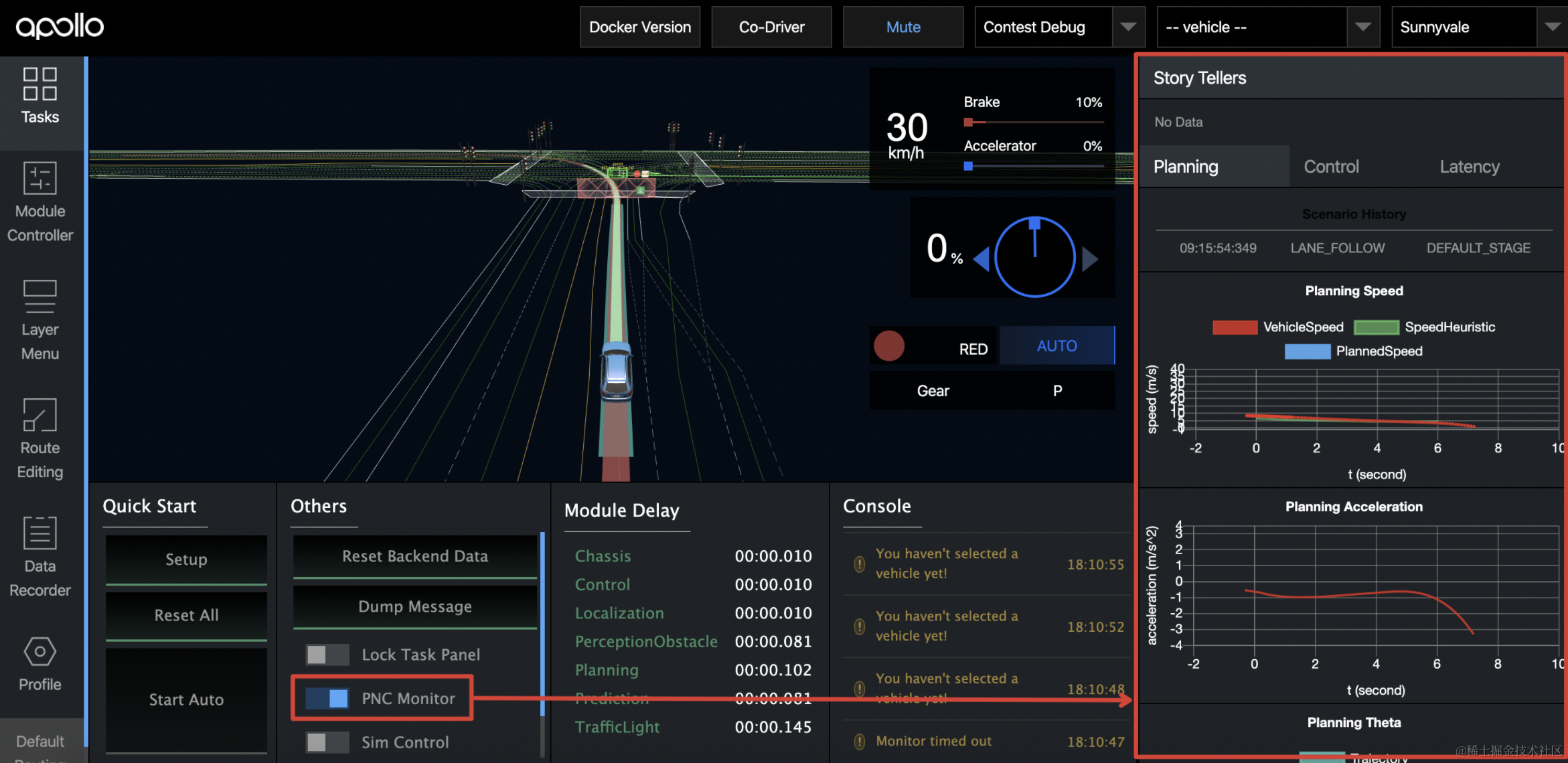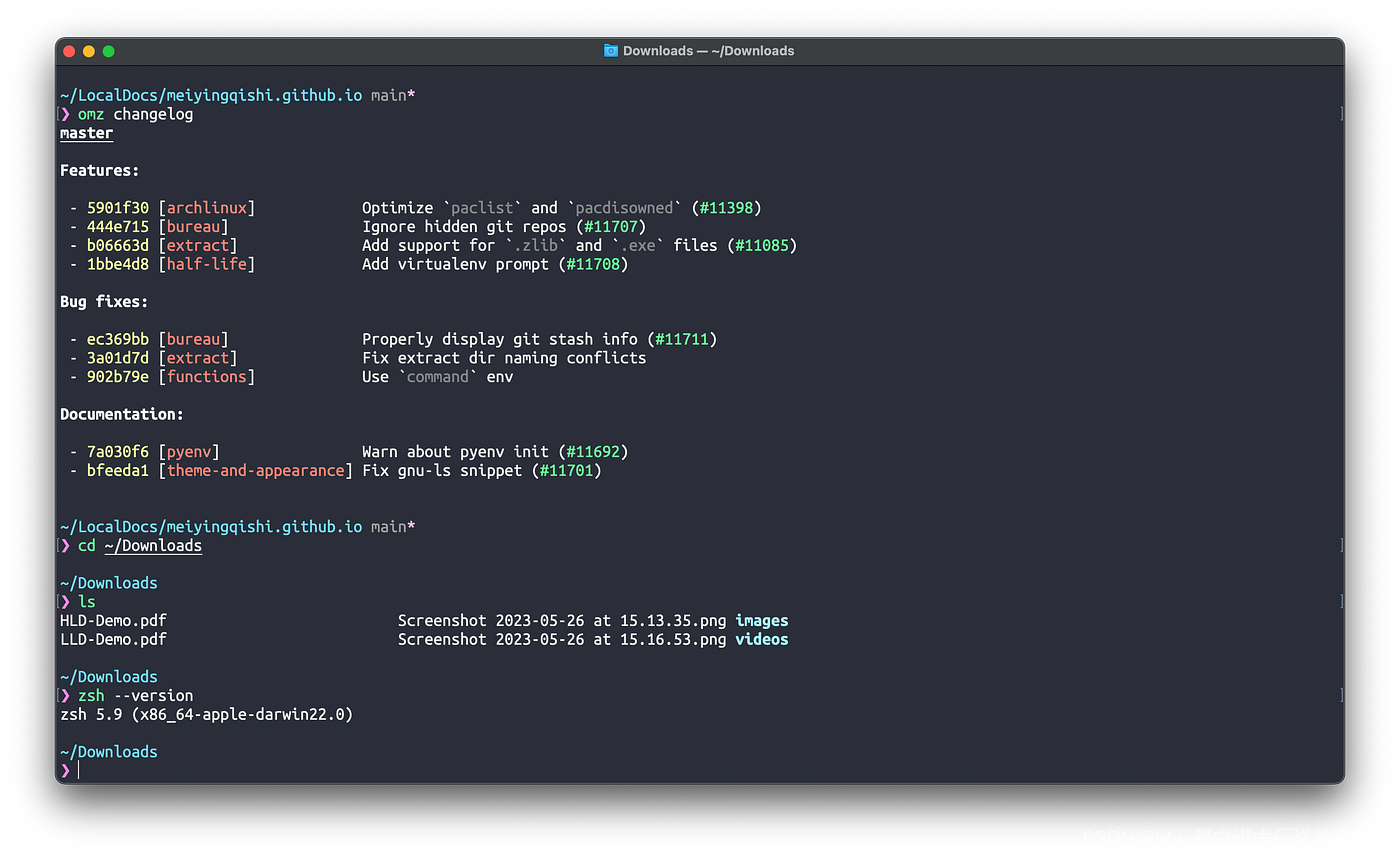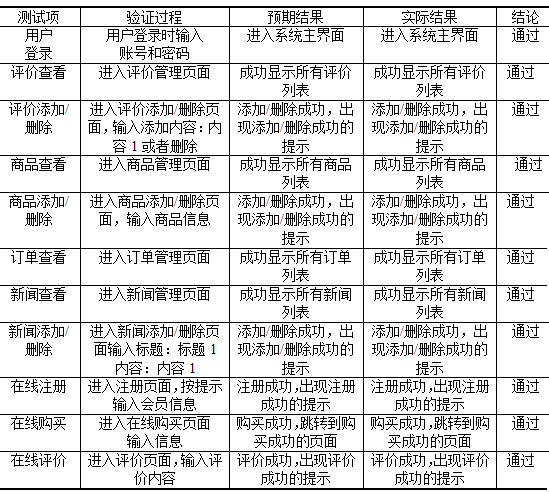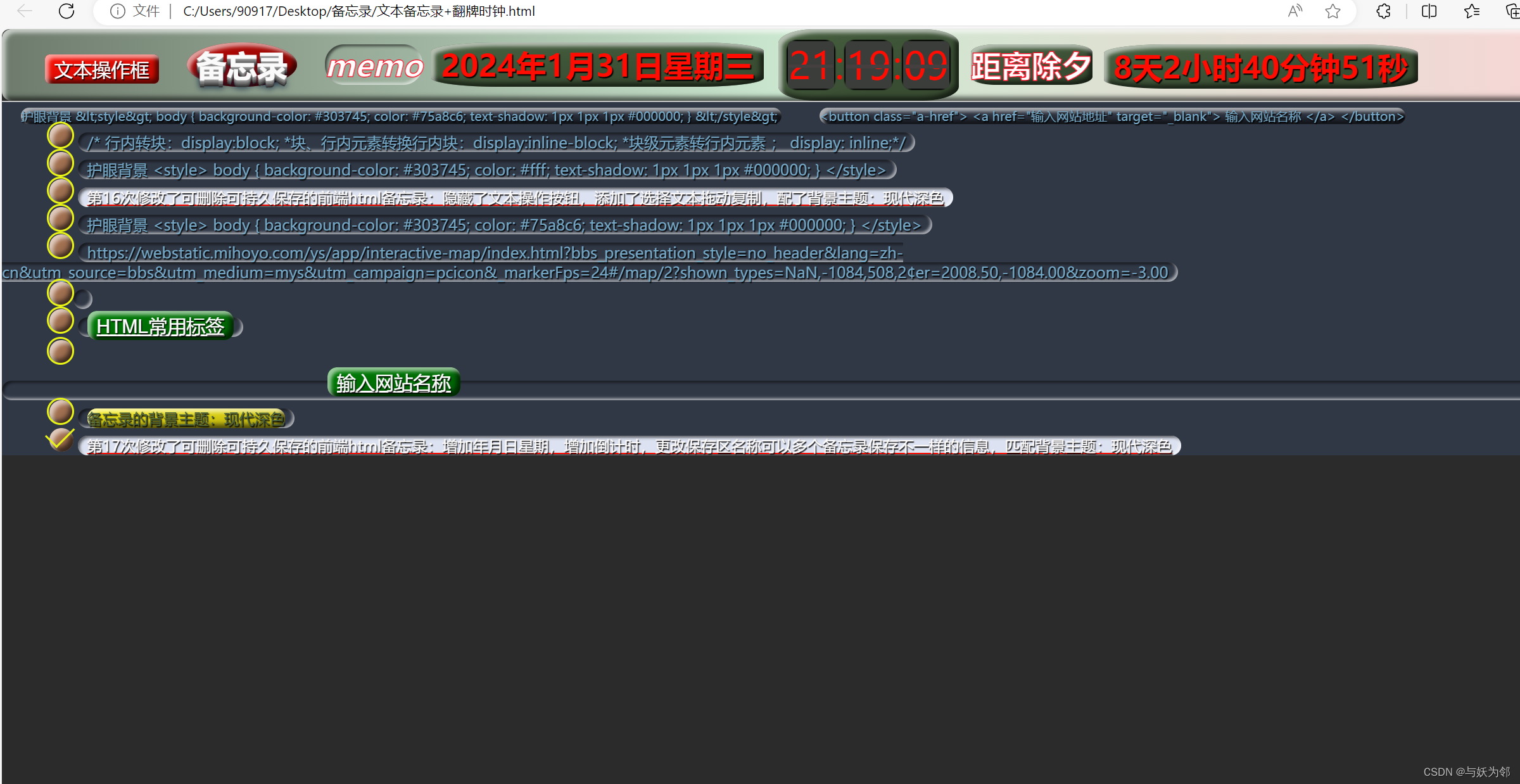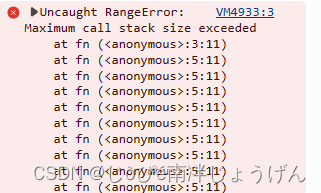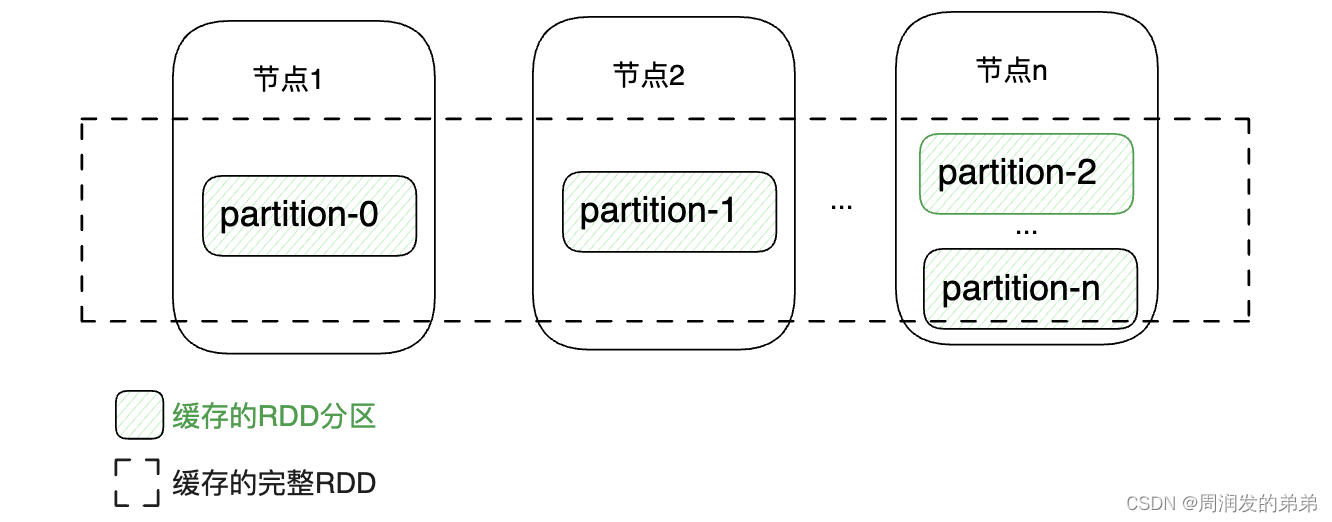这里写自定义目录标题
- 1. 概述(重点)
- 2. ApplicationEventMulticaster
- 2.1 SimpleApplicationEventMulticaster
- 2.2 AbstractApplicationEventMulticaster
- 3. ApplicationListener
- 3.1 注册监听器
- 3.2 自定义
- 4. SpringApplicationRunListeners
1. 概述(重点)
事件监听机制是观察者模式的一种,Spring的事件监听机制有几个重要的顶层接口,分别是:
- ApplicationEventMulticaster 主要看 AbstractApplicationEventMulticaster
- ApplicationListener
- ApplicationEvent
它们三哥们的关系可以用下面的图来概括

AbstractApplicationEventMulticaster维护了 源类型和事件类型 作为KEY 跟 监听器的关系,在下面 2.1 SimpleApplicationEventMulticaster有代码的实现解读。
2. ApplicationEventMulticaster
目前就只有一个实现类SimpleApplicationEventMulticaster和一个抽象类AbstractApplicationEventMulticaster。
2.1 SimpleApplicationEventMulticaster
发布和广播事件,主要注意一下getApplicationListeners方法就行了,会根据事件类型和源类型找监听器。
@Override
public void multicastEvent(ApplicationEvent event) {multicastEvent(event, resolveDefaultEventType(event));
}@Override
public void multicastEvent(final ApplicationEvent event, @Nullable ResolvableType eventType) {ResolvableType type = (eventType != null ? eventType : resolveDefaultEventType(event));Executor executor = getTaskExecutor();for (ApplicationListener<?> listener : getApplicationListeners(event, type)) {if (executor != null) {executor.execute(() -> invokeListener(listener, event));}else {invokeListener(listener, event);}}
}
2.2 AbstractApplicationEventMulticaster
getApplicationListeners方法就是根据Class<?>、ResolvableType两个对象作为一个缓存key,这个key与一堆监听器`ApplicationListener`做映射,也就是说通过Class<?>、ResolvableType两个对象可以找到监听器,在用法上可以从SimpleApplicationEventMuticaster的 multicastEvent 方法去看。
看看getApplicationListeners方法的代码实现
protected Collection<ApplicationListener<?>> getApplicationListeners(ApplicationEvent event, ResolvableType eventType) {Object source = event.getSource();Class<?> sourceType = (source != null ? source.getClass() : null);ListenerCacheKey cacheKey = new ListenerCacheKey(eventType, sourceType);CachedListenerRetriever newRetriever = null;// 这个cacheKey就是ApplicationEvent,ResolvableType两个对象。// 根据cacheKey找监听器,找不到就把cacheKey作为key,创建一个什么都么有的CachedListenerRetriever对象作为值缓存到retrieverCache中。// 这里有一些细节我没搞明白,putIfAbsent总是返回null。CachedListenerRetriever existingRetriever = this.retrieverCache.get(cacheKey);if (existingRetriever == null) {if (this.beanClassLoader == null ||(ClassUtils.isCacheSafe(event.getClass(), this.beanClassLoader) &&(sourceType == null || ClassUtils.isCacheSafe(sourceType, this.beanClassLoader)))) {newRetriever = new CachedListenerRetriever();existingRetriever = this.retrieverCache.putIfAbsent(cacheKey, newRetriever);if (existingRetriever != null) {newRetriever = null; // no need to populate it in retrieveApplicationListeners}}}if (existingRetriever != null) {Collection<ApplicationListener<?>> result = existingRetriever.getApplicationListeners();if (result != null) {return result;}}// 假设上面cacheKey对应的值没有监听器,那这个方面就找 给定事件类型和源类型 的监听器。return retrieveApplicationListeners(eventType, sourceType, newRetriever);
}// 从默认的 defaultRetriever 和 我们注入的bean 中找监听器。
private Collection<ApplicationListener<?>> retrieveApplicationListeners(ResolvableType eventType, @Nullable Class<?> sourceType, @Nullable CachedListenerRetriever retriever) {List<ApplicationListener<?>> allListeners = new ArrayList<>();Set<ApplicationListener<?>> filteredListeners = (retriever != null ? new LinkedHashSet<>() : null);Set<String> filteredListenerBeans = (retriever != null ? new LinkedHashSet<>() : null);Set<ApplicationListener<?>> listeners;Set<String> listenerBeans;synchronized (this.defaultRetriever) {listeners = new LinkedHashSet<>(this.defaultRetriever.applicationListeners);listenerBeans = new LinkedHashSet<>(this.defaultRetriever.applicationListenerBeans);}// 从defaultRetriever中找监听器// 这里的supportsEvent有点看不懂,不过只要理解通过事件类型和源类型判断监听器是否符合 事件要求就得了。for (ApplicationListener<?> listener : listeners) {if (supportsEvent(listener, eventType, sourceType)) {if (retriever != null) {filteredListeners.add(listener);}allListeners.add(listener);}}// 根据bean名字去找监听器if (!listenerBeans.isEmpty()) {ConfigurableBeanFactory beanFactory = getBeanFactory();for (String listenerBeanName : listenerBeans) {try {if (supportsEvent(beanFactory, listenerBeanName, eventType)) {ApplicationListener<?> listener =beanFactory.getBean(listenerBeanName, ApplicationListener.class);if (!allListeners.contains(listener) && supportsEvent(listener, eventType, sourceType)) {if (retriever != null) {if (beanFactory.isSingleton(listenerBeanName)) {filteredListeners.add(listener);}else {filteredListenerBeans.add(listenerBeanName);}}allListeners.add(listener);}}else {Object listener = beanFactory.getSingleton(listenerBeanName);if (retriever != null) {filteredListeners.remove(listener);}allListeners.remove(listener);}}catch (NoSuchBeanDefinitionException ex) {}}}// 把找到的监听器都放到CachedListenerRetriever中。AnnotationAwareOrderComparator.sort(allListeners);if (retriever != null) {if (filteredListenerBeans.isEmpty()) {retriever.applicationListeners = new LinkedHashSet<>(allListeners);retriever.applicationListenerBeans = filteredListenerBeans;}else {retriever.applicationListeners = filteredListeners;retriever.applicationListenerBeans = filteredListenerBeans;}}return allListeners;
}
3. ApplicationListener
主要是了解如何注册和自定义监听器就行了
3.1 注册监听器
通过META-INF/spring.factories注册监听器。
public SpringApplication(ResourceLoader resourceLoader, Class<?>... primarySources) {this.resourceLoader = resourceLoader;Assert.notNull(primarySources, "PrimarySources must not be null");this.primarySources = new LinkedHashSet<>(Arrays.asList(primarySources));this.webApplicationType = WebApplicationType.deduceFromClasspath();this.bootstrapRegistryInitializers = new ArrayList<>(getSpringFactoriesInstances(BootstrapRegistryInitializer.class));setInitializers((Collection) getSpringFactoriesInstances(ApplicationContextInitializer.class));// 这里就是注册ApplicationListener的代码了,通过META-INF/spring.factories注册。setListeners((Collection) getSpringFactoriesInstances(ApplicationListener.class));this.mainApplicationClass = deduceMainApplicationClass();
}
3.2 自定义
public class MyApplicationPreparedListener implements ApplicationListener<ApplicationPreparedEvent> {@Overridepublic void onApplicationEvent(ApplicationPreparedEvent event) {System.out.println("开始填充上下文。。。。");}
}
MATE-INF/spring.factories
org.springframework.context.ApplicationListener=sample.config.MyApplicationPreparedListener
4. SpringApplicationRunListeners
SpringApplicationRunListeners管理了多个EventPublishingRunListener,EventPublishingRunListener里面包含了事件监听器模型#1.概述(重点)中描述的部分。
class SpringApplicationRunListeners {private final Log log;private final List<SpringApplicationRunListener> listeners;private final ApplicationStartup applicationStartup;...
}public class EventPublishingRunListener implements SpringApplicationRunListener, Ordered {private final SpringApplication application;private final String[] args;private final SimpleApplicationEventMulticaster initialMulticaster;...
}
EventPublishingRunListener中定义了Spring整个启动过程中会触发的事件,下面对触发位置进行大概的描述,更具体的内容还有待研究。
- starting
在SpringApplication#run,事件ApplicationStartingEvent - environmentPrepared
在SpringApplication#prepareEnvironment,事件ApplicationEnvironmentPreparedEvent - contextPrepared
在SpringApplication#prepareContext,事件ApplicationContextInitializedEvent - contextLoaded
在SpringApplication#prepareContext,事件ApplicationPreparedEvent - started
在SpringApplication#run,事件ApplicationStartedEvent - ready
在SpringApplication#run,事件ApplicationReadyEvent - failed
在SpringApplication#handleRunFailure,事件ApplicationFailedEvent
我们也可以利用上面的事件,自己创建一个监听器,然后放到spring.factories,比如现在注册一个ApplicationPreparedEvent的监听器。
public class MyApplicationPreparedListener implements ApplicationListener<ApplicationPreparedEvent> {@Overridepublic void onApplicationEvent(ApplicationPreparedEvent event) {System.out.println("开始填充上下文。。。。");}
}
MATE-INF/spring.factories
org.springframework.context.ApplicationListener=sample.config.MyApplicationPreparedListener
